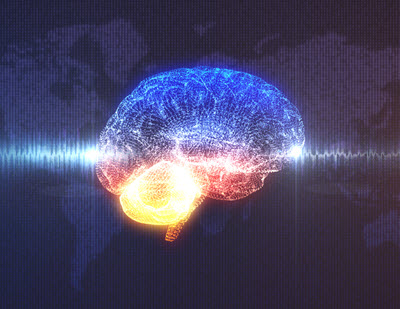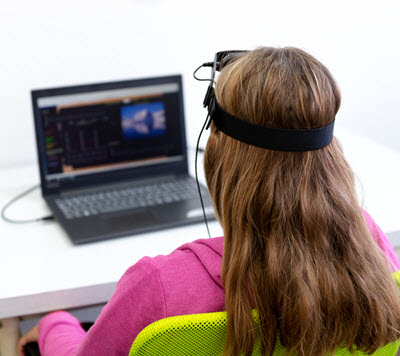 What is happening to my adopted child?
What is happening to my adopted child?
7 am: The alarm went off again. You know what that means; your child has run away again.
You sigh, you’re exhausted, and you’re tired of no one else seeing how your child truly acts at home. That sweet little kid out in public is threatening you, your kids, and your family.
You reach for your phone to call the police again, feeling embarrassed, knowing your neighbors will see them again outside your house.
Feelings of inadequacy rush in, and you think, “My biological kids don’t act this way; why is this happening?” You take a breath and dial.
Does any of this sound familiar to you?
 It’s all too familiar to us at Treasure Valley Neurotherapy.
It’s all too familiar to us at Treasure Valley Neurotherapy.
There is nothing you could tell us your child has done that would surprise us.
Let’s say you decide to pack up your little terrorist and come see us; what will it look like?
What will we think when your child tells us some whopper of a lie, such as you never feed them, or they have to sleep in the laundry room?
Well, chances are we will ignore the lies and ask you what happened.
 Our office offers relief from stress and an assessment of the problem.
Our office offers relief from stress and an assessment of the problem.
When you first walk into our office, we hope you feel relieved – even though we all know this is a stressful situation. We will introduce ourselves and then get right to work.
Your child and the rest of your family (if you want) will get a brain map. This consists of having a cap and goop put on your head and taking an eyes open and eyes closed reading.
Then Sarah, our therapist, will go over the map with you.
Why do we call this a map?
We call this a map primarily because it’s going to give us direction on how to move forward with healing.
Then, each person who is receiving treatment will get an individualized treatment protocol.
 You are not alone; we will walk the path with you.
You are not alone; we will walk the path with you.
Because we know that the parents are always right and in charge, you will pick out the movies your children will watch when they are receiving neurotherapy treatment. We have a plethora of movies from which to pick, but some clients bring their own. So feel free to do so if you have something specific you want your child(ren) to watch.
They will receive two hours of neurotherapy a day along with an hour of family therapy.
If your child’s behaviors are chaotic, disruptive, and even destructive, please know that we have seen all of that and more. More importantly, we have hope that things can get better for your family, because we have seen it happen again and again.
What is keeping you stressed?
You look over at the clock; your alarm will go off in three hours, but you’re still awake, thinking, worrying, wondering.
What’s keeping you up tonight? Is it a test you’ve got to take or a memory of your relative doing something to you they shouldn’t have? Is that thing that shouldn’t even be worrying you keeping you up at night and making you terrified of the unknown?
What if I told you that what you think is happening in your brain is happening in your brain?
 Treatment starts with identifying the problem.
Treatment starts with identifying the problem.
When you come into our office, your treatment will start with a QEEG also known as a brain map. After you’re done, our specialist will go over your results in detail and may pick out things that surprise you.
Did you have a head injury when you were 8? You did? We can see that right here. Many of our clients are surprised by what we can see and come away feeling validated that it’s not just all in their head, even though it is.
If you experienced significant amounts of anxiety, depression, trouble focusing, or even just a lack of general enjoyment in life, you will be able to better understand your brain and why it’s operating the way it is.
Next comes charting a path to healing.
Understanding your brain map will allow you and your therapist to chart your journey to healing, which will likely start with 10-12 sessions of neurofeedback, followed by another brain mapping to see how you’ve progressed and to figure out what is needed next to help you continue to heal.
You’re probably wondering how many sessions it’s going to take.
The ballpark figure we give people is around 40 sessions for the neurotherapy to stick and have maximum effectiveness.
If you’re one of those people who would rather not have talk therapy, neurofeedback is something you should really consider.
But if you think talk therapy or EMDR could benefit you, those are also available at our office. Both are one-hour sessions, just as with the neurofeedback.
By working with your brain, your thoughts, your feelings, and your experiences, we will walk the journey of healing together.
For a free 15-minute phone consultation, please call (208) 631-1089.

